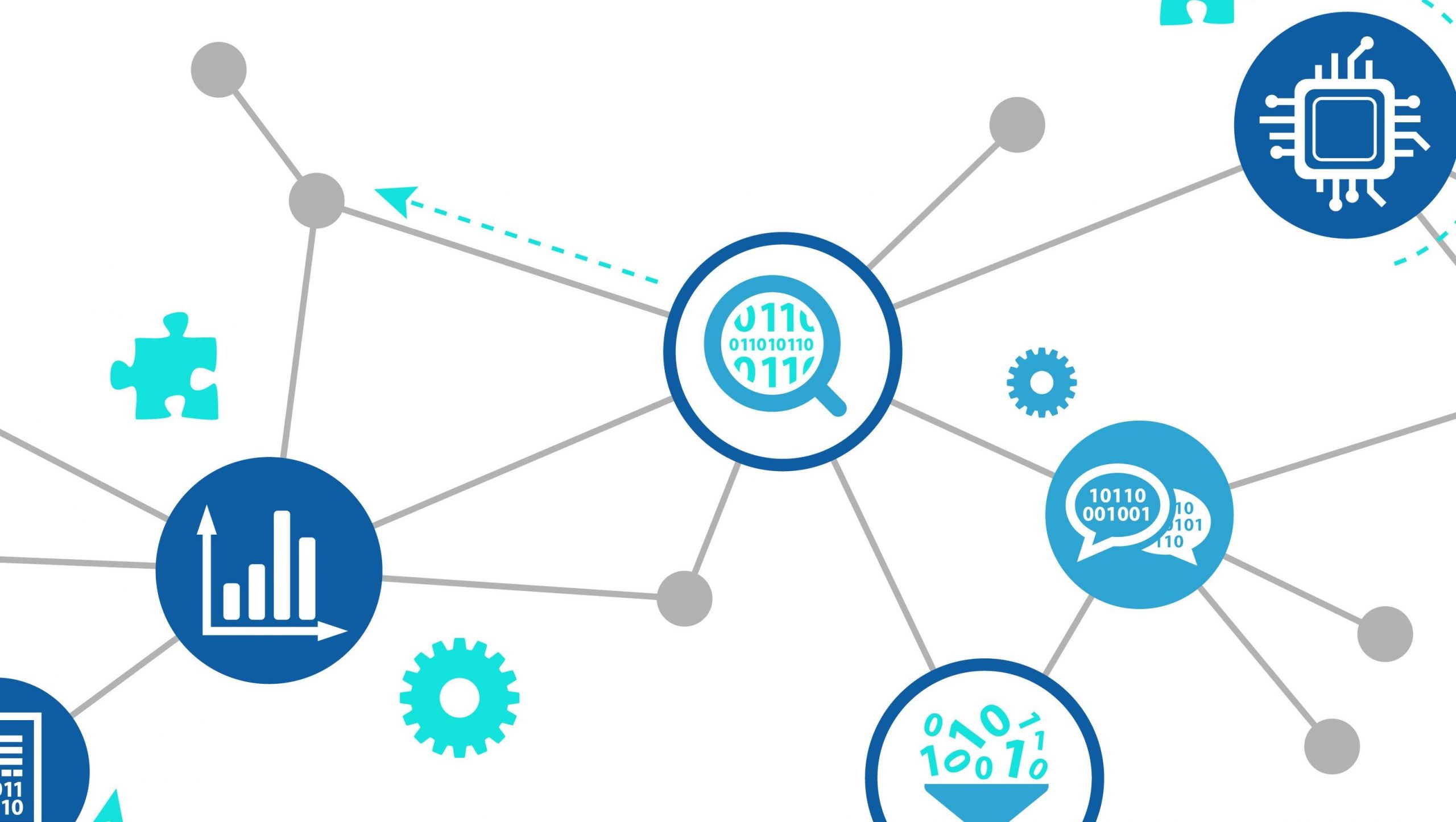
Writing a data management plan (DMP) can be a useful way to outline and document the intended research data management process. A DMP generally includes all information that adequately describes and documents the collection, processing, storage, archiving, and publication of research data as part of a research project.
Typical sections of a data management plan, which is subdivided in the three areas before data collection, during data collection and after data collection, are:
- Before data collection:
- Background of the research project
- Compilation of specific guidelines, recommendations, legal aspects, license
contracts - Clarification of roles and responsibilities
- Search and evaluation of already existing data
- Planning of the data collection procedure
- Costing for data management and data sharing
- Legal aspects regarding data protection prior to data collection –
formulation of the informed consent
- During data collection:
- Documentation of research data and the data collection process
- Data type and format
- Organization of data files, versioning
- Quality assurance of data and metadata
- Backups, integrity of data, access control and data storage
- After data collection:
- Long-term preservation
- Consideration of legal aspects regarding data protection and copyright
- Data sharing
Writing a data management plan (DMP) can be a useful way to outline and document the intended research data management process. A DMP generally includes all information that adequately describes and documents the collection, processing, storage, archiving, and publication of research data as part of a research project.
Typical sections of a data management plan, which is subdivided in the three areas before data collection, during data collection and after data collection, are:
- Before data collection:
- Background of the research project
- Compilation of specific guidelines, recommendations, legal aspects, license
contracts - Clarification of roles and responsibilities
- Search and evaluation of already existing data
- Planning of the data collection procedure
- Costing for data management and data sharing
- Legal aspects regarding data protection prior to data collection –
formulation of the informed consent
- During data collection:
- Documentation of research data and the data collection process
- Data type and format
- Organization of data files, versioning
- Quality assurance of data and metadata
- Backups, integrity of data, access control and data storage
- After data collection:
- Long-term preservation
- Consideration of legal aspects regarding data protection and copyright
- Data sharing
Further Resources and Tools
MANTRA (free interactive online course on managing data): https://mantra.edina.ac.uk/
Instructions for DMPonline as well as sample plans:
https://cms.hu-berlin.de/de/ueberblick/projekte/ dataman/arbeiten/dmp_erstellen
DMPonline: https://dmponline.dcc.ac.uk
DMPTool: https://dmptool.org
RDMO (Research Data Management Organiser): http://rdmorganiser.github.io
ARGOS: https://argos.openaire.eu/splash/ (for a step-by-step instruction to the tool see https://www.openaire.eu/how-to-create-a-data-management-plan)
